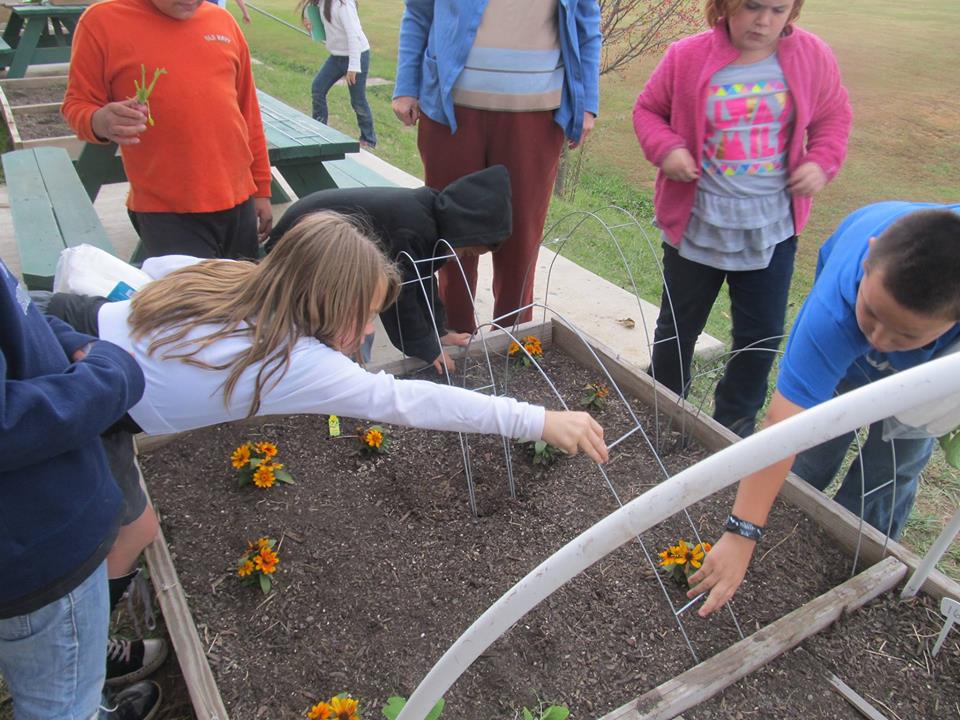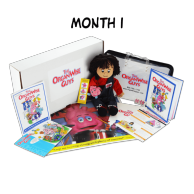Today we continue our gardening series with Dr. Mary Ball, PhD, who after a 40-year career as a college biology professor, became a Tennessee Master Gardener and enjoys gardening with kids. Dr. Ball has helped secure funding for gardening, nutrition education, and hundreds of dollars worth of donated seeds to schools and afterschool programs in rural East Tennessee.
![2015 October - Mary Ball - Building a Low Tunnel Season Extender[1]](https://blog.organwiseguys.com/wp-content/uploads/2015/10/2015-October-Mary-Ball-Building-a-Low-Tunnel-Season-Extender1.jpg)
“Bed Covers” (also called “Season Extenders” and “Low Tunnels”) are easy and fun to make and really do work to keep plants protected on cold Fall nights!
If you haven’t already had an overnight freeze, you may still have some vegetable plants you can protect to extend their production. Dr. Mary Ball is here with 5 ways to protect your garden from a winter freeze.
Here’s what to do before a “frost” or “hard freeze” occurs:
- Survey Your Garden for Warm Spots and Cold Spots – Your own property temperatures can differ from those predicted for your community or even those of your neighbors. A raised bed near a south-facing brick wall may stay above freezing, while a bed in a “valley” in your yard may experience colder air. Plants in containers lose heat more rapidly, so consider moving them indoors or into a garage or “backyard greenhouse.”
- Don’t worry about frost-tolerant plants – According to Horticulture Magazine, vegetables that can survive light frosts (30 – 32 ̊F range) include beets, Chinese cabbage, cauliflower, celery, collards, green onions, potatoes, lettuce, mustard, parsnips, radishes, salsify, spinach, and Swiss chard. Ones that can survive temperatures as low as 20 ̊F before being killed include broccoli, brussels sprouts, cabbage, carrots, kale, leeks, rutabagas, and turnips.
- Harvest vulnerable produce early – Pick all remaining tomatoes and let them finish ripening indoors. Pick remaining basil, beans, cucumbers, eggplant, hot peppers, and sweet peppers and use them in recipes calling for “baby ____!”
- Trap warm air to keep plants warm – To save tomato and pepper plants that are still producing, use a milk jug or 2-liter bottle with the bottom cut off to trap warm air close to the plant overnight. You can also cover a DIY frame made using bent PVC pipes and metal “hoops” with garden fabric. (Avoid plastic sheeting because sunshine can heat the plant too much.)
- Use warm water to keep plants warm – For a single cold night, use milk jugs filled with hot water to “circle” the plant. For a predicted string of cold nights, wrap water-filled jugs in black plastic so they will reheat more on sunny days.


